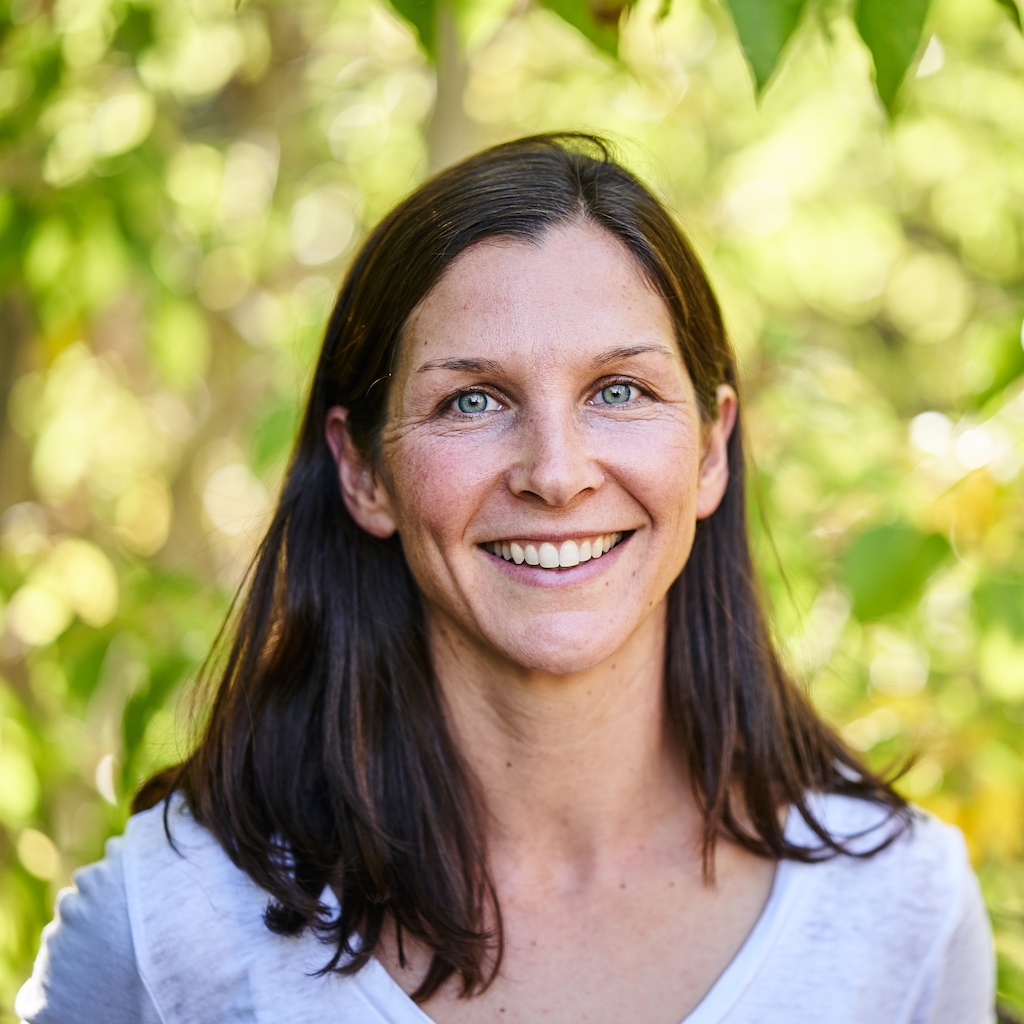
The numbers are in for some small European ski resorts, and they’re not good: Natural snow is becoming harder to come by, so they’re shuttering winter operations and betting on summer visitors.


The numbers are in for some small European ski resorts, and they’re not good: Natural snow is becoming harder to come by, so they’re shuttering winter operations and betting on summer visitors.
For years, ski resorts have worked to balance out losses from insufficient snow by installing snow cannons or rebranding as year-round destinations. But for some European ski slopes, winter’s just not worth it anymore. For some destinations, there’s just not enough snow to go around anymore.
The French resort La Sambuy has just announced that it’s calling it quits, for good, and it could be just a matter of time for other European resorts too, as some are now finding summer to be much more profitable than winter. La Sambuy was an affordable, family-friendly resort, operated by the local municipality in Faverges-Seythenex, about 80 kilometers (50 miles) southwest of Chamonix. The town council voted to shut down because it was no longer financially viable, Mayor Jacques Dalex told CNN: “Global warming is evidently underway.”
While La Sambuy once had skiable slopes from December through March, last year they only received four weeks of snow. And not good ones. “Very quickly, stones and rocks appeared on the piste,” Dalex said.
To keep La Sambuy running in these conditions would amount to an annual operating loss of half a million Euros. But some residents are fighting to keep the resort open. It’s an important community hub, and it was far more affordable than other nearby ski resorts that cater to more international visitors. La Sambuy offered lift tickets under EUR€20 for a day and EUR€97 for a week. That’s about a tenth of what you might pay at a Vail-operated resort in the western US.
Overall, the forecast isn’t looking good for snowsports in Europe. The continent has more than half the world’s ski resorts, and most of them will face a “very high snow supply risk” without snowmaking if the world warms 2 degrees Celsius, according to a journal article published in Nature Climate Change in August. Over 2,000 European ski areas were surveyed for the article and 53 percent of them said they would struggle for snow if the two-degree mark is hit; 98 percent would struggle without artificial snow if we reach an increase of four degrees.
But solutions are in the works, and some ski resorts have been working to climate-proof themselves for years. In Switzerland, some alpine resorts have gone as far as covering their glaciers with insulation in the summertime to protect them from melting, at substantial cost. But now, as resorts across the world have begun marketing themselves as year-round destinations to keep money flowing in what used to be the dogs days of summer, they’ve discovered something interesting: Without the expense of making snow, it turns out summer can be more profitable, anyway. Fai della Paganella, a resort in the Italian Dolomites, now has more mountain bikers in summer than it does skiers in winter, according to a recent report from Wired. “It’s not an official calculation, but we estimate that every one Euro a biker spends is worth six or seven times the euro spent by a skier,” said Luca d’Angelo, destination manager for Paganella.
For now, Paganella’s winter season still brings in about five times as much revenue as summer, but as snowmaking grows more necessary—and expensive—that could shift. About 90 percent of Italian resorts rely on artificial snow, but even that relies on a bit of cooperation from Mother Nature, as you can’t make snow if temperatures are above freezing. Earlier this year, protestors fought against the construction of new ski lifts in Italy and public funding for resorts, instead calling to keep terrain wild for liftless snowsports like ski touring and snowshoeing, which have less environmental impact.
The appeal of summer money is already enticing resorts worldwide that have struggled through winter, however. One small ski hill in Germany which didn’t have substantial snow for years on end recently reopened as Green Hill Bike Park, and was so successful it hosted a Swatch-sponsored race.
“We have a lot of requests from other ski resorts—in Switzerland, Austria, Poland and also here in Germany—asking us to bring our ideas there,” Felix Saller, of Green Hill, told Wired. “I would say the next years will be a boom for mountain bike parks, especially for all the ski areas under 1,500 meters.”
***
Adventure.com strives to be a low-emissions publication, and we are working to reduce our carbon emissions where possible. Emissions generated by the movements of our staff and contributors are carbon offset through our parent company, Intrepid. You can visit our sustainability page and read our Contributor Impact Guidelines for more information. While we take our commitment to people and planet seriously, we acknowledge that we still have plenty of work to do, and we welcome all feedback and suggestions from our readers. You can contact us anytime at hello@adventure.com. Please allow up to one week for a response.

Kassondra Cloos is a travel journalist from Rhode Island living in London, and Adventure.com's news and gear writer. Her work focuses on slow travel, urban outdoor spaces and human-powered adventure. She has written about kayaking across Scotland, dog sledding in Sweden and road tripping around Mexico. Her latest work appears in The Guardian, Backpacker and Outside, and she is currently section-hiking the 2,795-mile England Coast Path.






Can't find what you're looking for? Try using these tags: